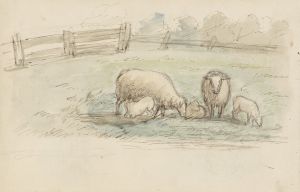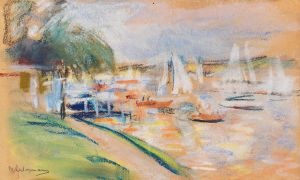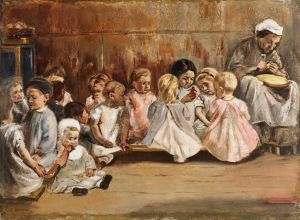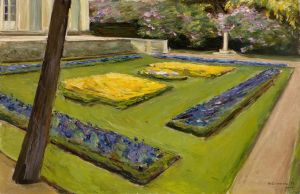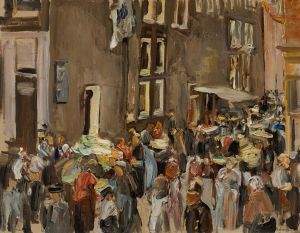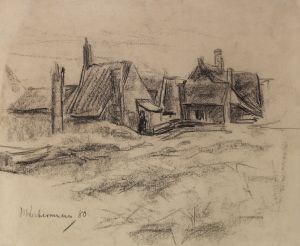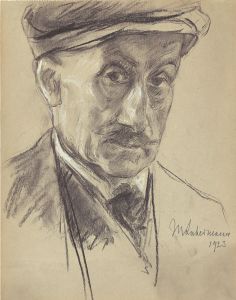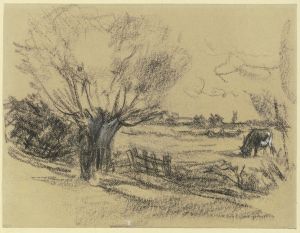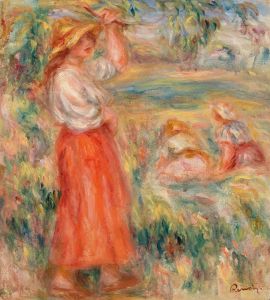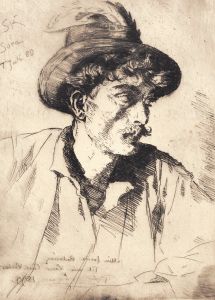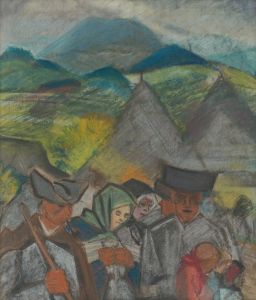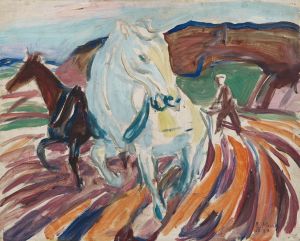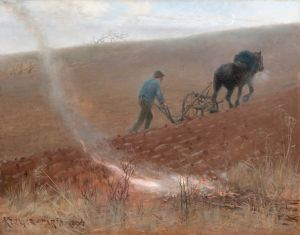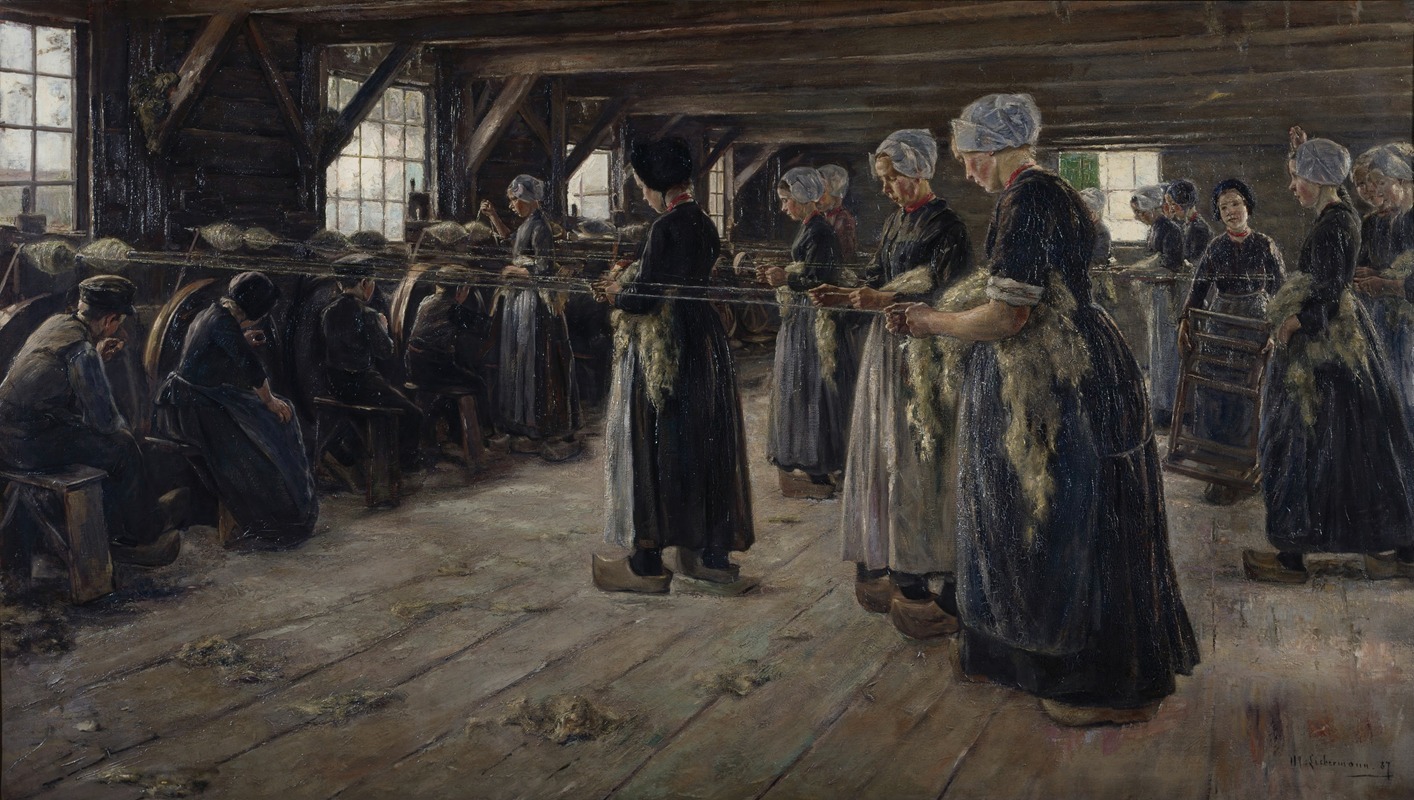
The Flax Barn at Laren
A hand-painted replica of Max Liebermann’s masterpiece The Flax Barn at Laren, meticulously crafted by professional artists to capture the true essence of the original. Each piece is created with museum-quality canvas and rare mineral pigments, carefully painted by experienced artists with delicate brushstrokes and rich, layered colors to perfectly recreate the texture of the original artwork. Unlike machine-printed reproductions, this hand-painted version brings the painting to life, infused with the artist’s emotions and skill in every stroke. Whether for personal collection or home decoration, it instantly elevates the artistic atmosphere of any space.
Max Liebermann's painting "The Flax Barn at Laren" is an exemplary work of the German Impressionist movement, showcasing Liebermann's keen interest in rural life and his adept skill in capturing the subtleties of light and atmosphere. Painted in 1887, this artwork reflects Liebermann's fascination with the Dutch countryside, a theme that recurred throughout his career.
Max Liebermann (1847-1935) was a prominent German painter and printmaker, recognized as one of the leading figures of German Impressionism. His work often depicted scenes of everyday life, focusing on the working class and rural settings. Liebermann was influenced by the realism of the Barbizon School and the naturalism of the Dutch Masters, which is evident in his detailed and atmospheric compositions.
"The Flax Barn at Laren" was created during a period when Liebermann frequently traveled to the Netherlands. Laren, a village in the province of North Holland, was a popular destination for artists during the late 19th century due to its picturesque landscapes and traditional way of life. The village's flax barns, where flax was processed, provided Liebermann with a rich subject matter that aligned with his interest in depicting labor and rural industry.
In this painting, Liebermann captures the interior of a flax barn with remarkable attention to detail. The composition is characterized by its use of light and shadow, which creates a sense of depth and realism. The figures in the painting are engaged in the labor-intensive process of flax preparation, a traditional activity that was an integral part of rural life in the region. Liebermann's brushwork is loose yet precise, allowing him to convey the textures of the materials and the play of light across the scene.
The painting is notable for its subdued color palette, dominated by earthy tones that reflect the natural environment of the barn. This choice of colors enhances the authenticity of the scene and underscores Liebermann's commitment to realism. The artist's ability to capture the nuances of light filtering through the barn's windows adds a dynamic quality to the composition, drawing the viewer's eye across the canvas.
Liebermann's work, including "The Flax Barn at Laren," was instrumental in the development of Impressionism in Germany. His approach to painting, which emphasized the depiction of modern life and the effects of light, resonated with the broader Impressionist movement that was gaining momentum across Europe. Liebermann's paintings were well-received in his time, and he became a leading figure in the Berlin Secession, an association of artists who sought to challenge the conservative art establishment in Germany.
Today, "The Flax Barn at Laren" is appreciated not only for its artistic merit but also for its historical significance. It provides insight into the rural life of the Netherlands in the late 19th century and exemplifies Liebermann's skill in capturing the essence of his subjects. The painting is held in high regard and is part of various public and private collections, continuing to be studied and admired by art enthusiasts and scholars alike.
Through "The Flax Barn at Laren," Max Liebermann offers a window into a bygone era, preserving the simplicity and beauty of rural labor through his masterful use of light, color, and composition.





